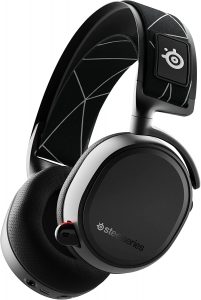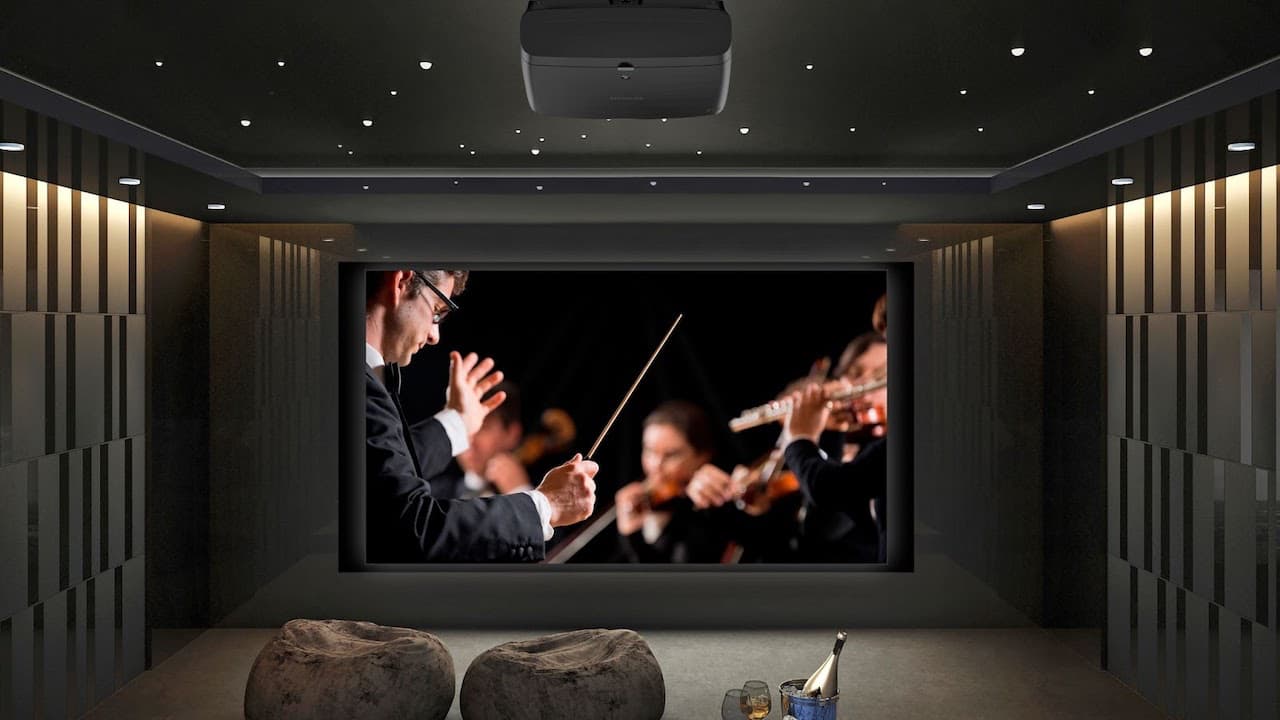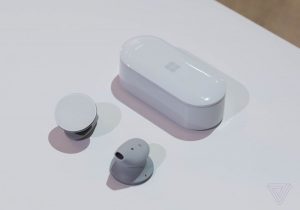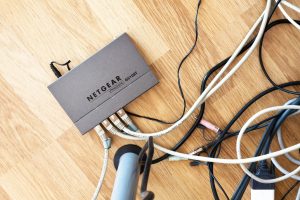Introduction
Bluetooth technology has become an essential feature in today’s electronic devices. It allows for convenient wireless communication between devices like smartphones, tablets, and laptops. While most modern computers come equipped with Bluetooth capabilities, it’s still essential to verify if your PC has Bluetooth before attempting to connect or pair any devices.
In this article, we will provide you with various methods to help you determine whether your PC has Bluetooth or not. Whether you’re a tech-savvy individual or someone new to the world of technology, these steps will guide you through the process of checking for Bluetooth on your device.
Bluetooth is not only useful for connecting wireless peripherals like keyboards, mice, and headphones but also for transferring files, sharing data, and syncing devices. Therefore, it’s essential to confirm if your PC has Bluetooth to take advantage of its wide range of capabilities.
So, without further ado, let’s dive into the different methods you can use to determine whether your PC has Bluetooth or not.
Checking Device Specifications
The first step in determining whether your PC has Bluetooth is to check its specifications. The specifications of your device will provide you with valuable information about its hardware and features. Here’s how you can access the specifications:
- Go to the Start menu and search for “System Information.”
- Click on the “System Information” or “System” application that appears in the search results.
- In the System Information window, look for a section labeled “Bluetooth” or “Wireless Networking.”
- If you find these sections, it indicates that your PC has Bluetooth capabilities.
If you are unable to find a Bluetooth or Wireless Networking section, don’t worry. Your PC may still have Bluetooth but may not be listed in the system specifications. In this case, you can move on to the next method to determine if Bluetooth hardware is present.
Checking the device specifications is a quick and easy way to initially identify if your PC has Bluetooth. However, keep in mind that this method may not always provide accurate information, especially if your PC has undergone modifications or upgrades.
Now that you’ve checked the device specifications, let’s move on to the next method to confirm if your PC has Bluetooth hardware installed.
Looking for Bluetooth Hardware
If the device specifications did not provide a definitive answer, you can physically check for Bluetooth hardware on your PC. Here’s what you need to do:
- Locate your PC’s hardware compartments or panels. Depending on the make and model, these may be found on the back, sides, or bottom of the device.
- Remove any covers or panels that give you access to the internal components of your PC. Be sure to follow proper safety precautions and consult the manufacturer’s instructions if needed.
- Look for a small Bluetooth module or card. It may be labeled as “Bluetooth,” “BT,” or have the Bluetooth symbol on it, which consists of a stylized letter “B” overlaid with two vertical lines.
- If you see a Bluetooth module, it indicates that your PC has Bluetooth hardware installed. However, if you cannot find any such component, it is likely that your PC does not have Bluetooth.
Keep in mind that the exact location and appearance of the Bluetooth hardware may vary depending on the manufacturer and model of your PC. If you are unsure about identifying the Bluetooth module, refer to your computer’s user manual or contact the manufacturer for assistance.
If you have determined that your PC does not have built-in Bluetooth hardware, don’t worry! There are still alternative options to enable Bluetooth on your device, which we will explore in the following sections.
Now that you have checked for Bluetooth hardware, let’s move on to the next method – checking the Device Manager to confirm Bluetooth functionality.
Checking Device Manager
If the previous methods did not provide a clear answer, you can check the Device Manager on your PC. The Device Manager is a built-in Windows tool that displays a detailed list of all the hardware devices installed on your computer. Here’s how you can access the Device Manager:
- Right-click on the Start button and select “Device Manager” from the context menu. Alternatively, you can press the Windows key + X and choose “Device Manager” from the menu.
- Once the Device Manager window opens, look for a category called “Bluetooth” or “Bluetooth Radios.”
- If you find a Bluetooth category or a Bluetooth device listed under a different category, it indicates that your PC has Bluetooth functionality.
- If you do not see any Bluetooth-related entries, it suggests that your PC does not have built-in Bluetooth.
It’s important to note that some devices may have a different name or may be listed under other categories in the Device Manager. Look for any entries related to wireless communication or networking to identify if Bluetooth is present.
If you have confirmed that your PC does not have built-in Bluetooth through the Device Manager, don’t worry. There are still options available to add Bluetooth functionality to your device. We will explore those options in the following sections.
Now that you have checked the Device Manager, let’s move on to the next method – checking the system settings to verify Bluetooth availability.
Checking System Settings
If you haven’t found any indication of Bluetooth hardware through the previous methods, you can check the system settings on your PC. By accessing the settings, you can discover if Bluetooth is available or if there are any options to enable it. Follow these steps to check the system settings:
- Click on the Start button and select “Settings” (represented by a gear icon).
- In the Settings window, click on “Devices.”
- Look for a category labeled “Bluetooth & other devices” or simply “Bluetooth.”
- If you see the Bluetooth category or any related settings, it indicates that your PC has Bluetooth capabilities.
- If there is no Bluetooth category or any relevant settings available, it suggests that your PC does not have built-in Bluetooth.
In some cases, the system settings may have an option to enable Bluetooth even if it is not built-in. If you don’t find any Bluetooth settings, don’t worry. There is still another option to add Bluetooth functionality to your PC, which we will explore later in this article.
It’s worth noting that the location and appearance of Bluetooth settings may vary depending on the operating system and version you are using. If you’re having trouble locating the Bluetooth settings, refer to the operating system documentation or perform a quick online search for specific instructions.
Now that you have checked the system settings, let’s move on to the next method – using a Bluetooth adapter as an alternative solution.
Using a Bluetooth Adapter
If your PC doesn’t have built-in Bluetooth capabilities, don’t worry! You can still add Bluetooth to your device by using a Bluetooth adapter. A Bluetooth adapter is a small device that plugs into one of your PC’s USB ports and provides Bluetooth functionality. Here’s how you can use a Bluetooth adapter:
- Purchase a Bluetooth adapter that is compatible with your PC’s operating system and version.
- Insert the Bluetooth adapter into an available USB port on your PC.
- Wait for your computer to detect and install the necessary drivers for the Bluetooth adapter. This process may take a few moments.
- Once the Bluetooth adapter is successfully installed, you can now use Bluetooth devices with your PC.
- To connect a Bluetooth device, follow the device’s instructions for pairing. Usually, this involves putting the Bluetooth device in pairing mode and allowing your PC to detect it.
Using a Bluetooth adapter is an excellent option if your PC doesn’t have built-in Bluetooth. These adapters are readily available and relatively inexpensive. They offer a convenient way to enable Bluetooth functionality on your PC without having to upgrade or modify your hardware.
It’s important to note that the range and connectivity of Bluetooth adapters may vary depending on the specific model and brand. Be sure to read reviews and choose a reliable adapter that suits your needs.
Now that you know how to use a Bluetooth adapter, let’s summarize the methods covered in this article.
Conclusion
Determining whether your PC has Bluetooth capabilities is essential to take advantage of wireless connectivity and the convenience it offers. In this article, we have explored various methods to help you identify if your PC has Bluetooth or not.
We started by checking the device specifications, which can provide initial information about your PC’s hardware. Next, we looked for Bluetooth hardware physically by exploring the internal components of the computer. We then checked the Device Manager to see if there are any Bluetooth-related entries. After that, we checked the system settings for any Bluetooth options or categories.
If your PC doesn’t have built-in Bluetooth, we suggested using a Bluetooth adapter as an alternative solution. Bluetooth adapters are small devices that can be plugged into your PC’s USB port to provide Bluetooth functionality.
Remember that while the methods we discussed are useful, some PCs may have Bluetooth under different names or may require specific configurations. It’s always a good idea to consult your PC’s documentation or contact the manufacturer for further assistance.
By following the methods mentioned in this article, you will be able to determine if your PC has Bluetooth and take appropriate steps to enable it if necessary. Whether you have built-in Bluetooth or need to use a Bluetooth adapter, you can now enjoy the benefits of wireless connectivity and easily connect to a wide range of Bluetooth devices.







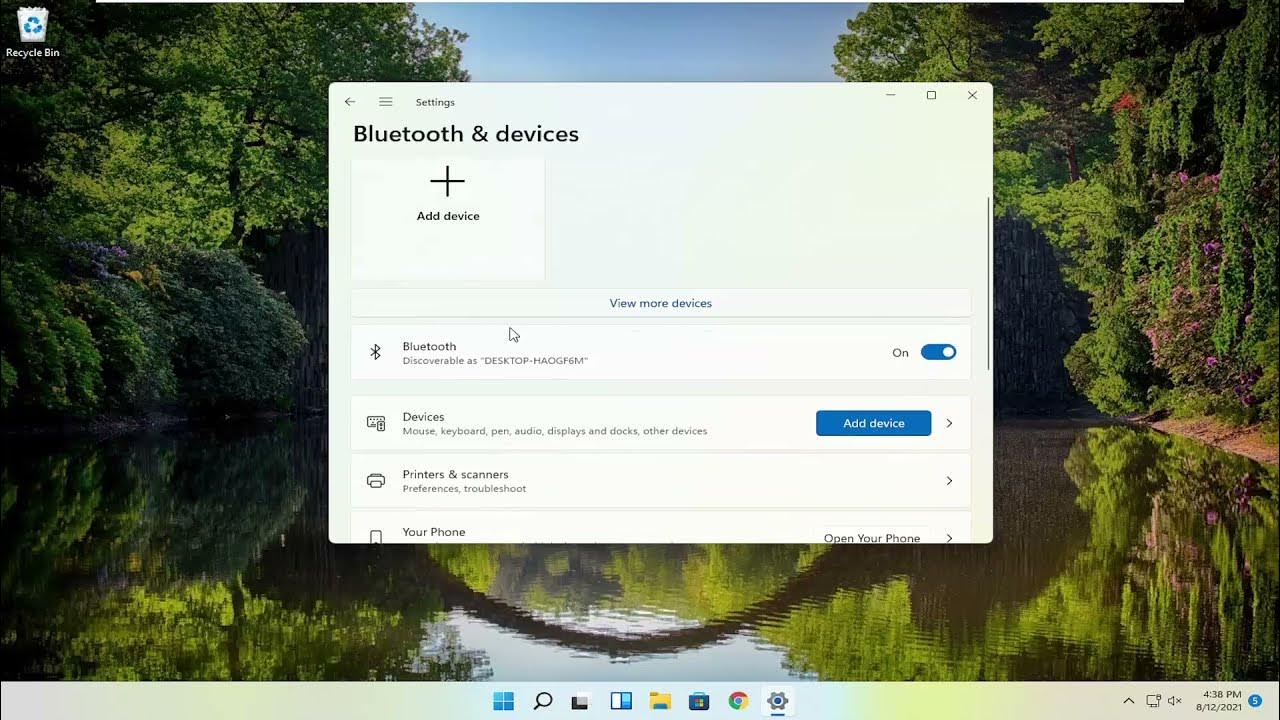

![Is The Razer Pro Type Ultra A Gamechanger? [REVIEW]](https://robots.net/wp-content/uploads/2022/06/razer-pro-type-ultra-featured-2-300x175.jpg)

